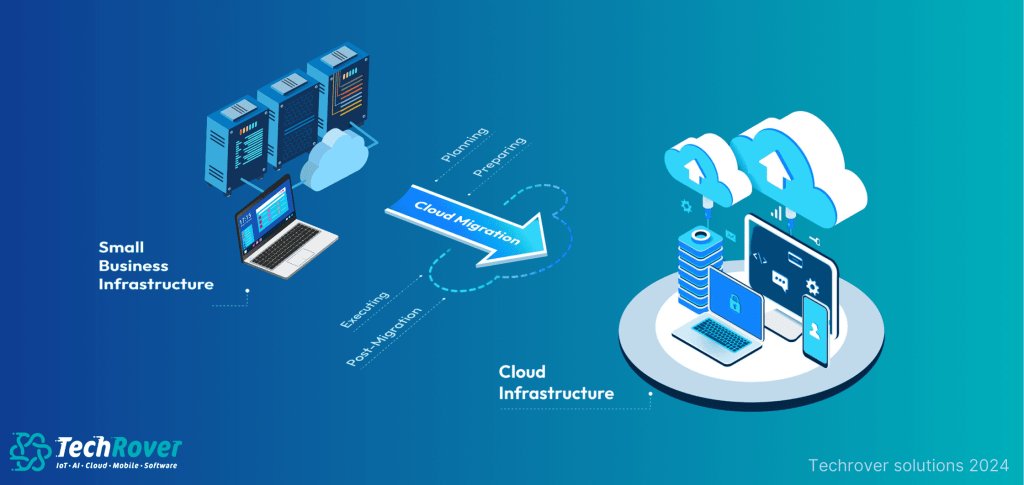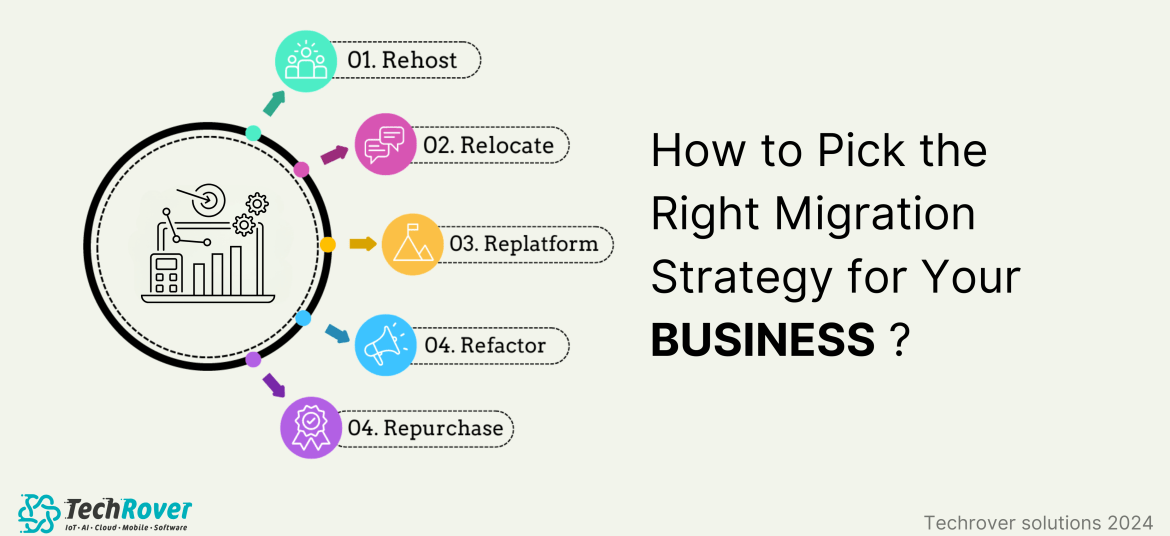The Ultimate Guide to Cloud Migration for Small and Medium-Sized Businesses

In today’s rapidly evolving digital landscape, small and medium-sized enterprises (SMEs) are increasingly recognizing the transformative potential of cloud computing. Whether it’s enhancing operational efficiency, improving scalability, or fostering innovation, migrating to the clouds has become a pivotal decision for businesses aiming to stay competitive and agile.
This comprehensive article provides a detailed step-by-step guide on cloud migration for small business. Whether you run a small business or simply want to shut down your current on-site IT infrastructure to use the cloud as a service, reading this guide will make it easier for you to migrate.
Why Do You Need a Cloud Migration Strategy?
A well-crafted cloud migration strategy enables businesses to harness the full benefits of cloud adoption—from scalability and flexibility to improved collaboration and accessibility. Despite findings that organizations moving over half of their operations to the cloud can achieve annual profit growth of up to 11.2%, many face significant challenges. These include concerns over security and compliance risks, noted by 56% of CIOs, and the complexities of aligning migration strategies with clear business objectives.
How Can You Choose the Right Migration Strategy for Your Business?
There are few distinct cloud migration strategies available, each tailored to specific business requirements.

1. Rehost (Lift and Shift)
Rehosting, often referred to as the lift-and-shift approach, entails transferring on-premises applications to the cloud without altering their architecture. This strategy provides a direct route to cloud adoption, leveraging existing investments while minimizing initial disruption.
2. Relocate
Relocation involves transferring applications to a cloud environment with minimal modifications. Like rehosting, it differs by enabling a virtual replica of on-premises data in the cloud (e.g., using Kubernetes or VMware). This approach allows businesses to maintain existing tools and processes while leveraging cloud infrastructure.
3. Replatform
Re platforming involves making minor adjustments to applications to optimize them for the cloud without fundamentally redesigning their architecture. This “lift, tinker, and shift” approach enables businesses to capitalize on cloud efficiencies without extensive redevelopment.
4. Refactor (Re-architect)
Refactoring involves substantial modifications or rewriting applications to optimize them for the cloud. This future-proofs applications, ensuring they are scalable, resilient, and integrated into the cloud ecosystem, ideal for modernization to meet business objectives and leverage advanced cloud capabilities.
5. Repurchase
Whether your compliance requirements are CMMC, NIST, PCI, SOC 2, HIPAA, or any other, TechRover™ Solutions specializes in guiding any size enterprise through their cloud migration journey. We unlock the full potential of cloud computing to enhance efficiency and foster growth.
Contact us today to discover how our expert services can drive your business forward!



Pingback: Building AI Startups From Ground Up - TechRover Solutions 1